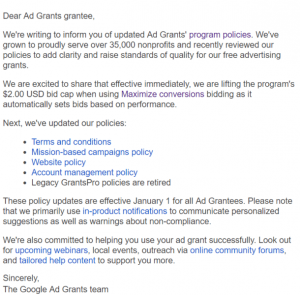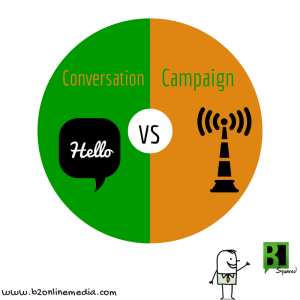— May 14, 2019
Even the leanest, scrappiest startups and smaller companies regularly turn their backs on emerging technology.
After surveying business leaders, SMB Group discovered that fewer than a quarter of them had any type of formal technology strategy, even though most recognized technology’s practical components. Case in point: While most small and midsize businesses agree cloud-based systems offer elevated security, McAfee reports that 90% haven’t taken measures to guard their data from nefarious hackers. Essentially, distrust causes unwise decisions.
To be sure, you should be cautious about jumping into every piece of shiny new tech. What gives your small operation an edge over big-box stores is your ability to personalize interactions and make one-on-one customer connections. Replacing that with chatbots, for example, can water down an organization’s innate competitive advantage.
Additionally, automations can go awry if they’re set up incorrectly. Consumers rank receiving too many emails from brands highest on their list of email marketing pet peeves. It’s a sign that automations aren’t properly targeted and are running too frequently.
Similar snafus ensue when small businesses with correspondingly small data sets try to leverage machine learning. Machine learning works best when many data points — we’re talking hundreds of thousands — are available for analysis. If you don’t have that many website hits or customer interactions, you won’t be able to draw meaningful conclusions.
That being said, you can gain traction by utilizing technology to facilitate human relationships. The key is finding and implementing the right software that’s well-suited to your business. It’s typically unnecessary for smaller organizations to shell out for expensive solutions. What you really need are accessible platforms to increase organization, cut administrative time, and better serve stakeholders.
Tech for the Little Guys
What does that type of tech look like in action? For the 87% of shoppers who start their product research online, it’s anything that makes finding information a breeze. A website that’s packed with strong content and feedback forms streamlines the introduction process and frees staff to work on addressing other customer concerns.
Tech that’s appropriate for small businesses can also provide a better customer experience by offering a single place to store all buyer information. A record of each interaction — available to anyone in your company — encourages team collaboration and a better, more consistent customer experience.
If adopting technology and making changes appears daunting, rest assured: It doesn’t have to be. In fact, a well-considered customer relationship management system can be up and running in a few weeks. Below are five strategies to streamline the adoption of improved tech:
1. Reimagine each workflow process step. To get the most out of tech, determine how it impacts existing protocols. For instance, if you can track employee performance and sales data in your CRM, don’t require salespeople to hand over weekly reports. That’s creating more work, and a new piece of technology should lighten their loads. Be on the lookout for data silos, too. Data that lives in more than one place causes problems; integrate data into one tech system so it becomes the primary source of truth.
2. Focus on cloud-based databases. Online platforms allow you to access your data from anywhere. As a result, you can stop relying on your memory to remember every customer detail. They also allow you to share your knowledge in real time with relevant stakeholders. This digital record of everything from conversations to orders will always be available — ensuring colleagues don’t have to go on a wild-goose chase to find important customer data when they need it most.
Cloud-based databases can even help you recall long-forgotten customer interactions — and customers will appreciate being able to pick up where they left off.
3. Keep an online calendar for reminders. Some people swear by paper calendars, but they have serious limitations. For one thing, because only one person has access to a paper calendar, colleagues don’t always know where that person is or when a client can get ahold of him or her. As soon as appointments need to be rearranged or deleted, the calendar becomes messy and outdated. Online calendars allow multiple people to make changes, which are reflected in real time, and create instant reminders for client anniversaries or other big events.
4. Delegate and track tasks online. Rather than assigning duties and letting employees choose how and when they complete each part of the assignment, use a cloud-based CRM to generate a central repository of tasks. That way, everyone can see what has been (and still needs to be) completed. Further, leaders can easily discern whether workers are falling behind and provide support where needed. Sticky notes, verbal reminders, and catch-up meetings are great, but when you rely on them, you run the risk of slowing everything down or losing important information.
5. Evaluate data to improve future campaigns. Perhaps you’re willing to bet that your most profitable lead source is Facebook, but more than likely, you make more money from existing customer referrals. You probably don’t need complicated machine learning algorithms to analyze data, but you can still lean on an online database to gain a fuller picture of your business. Pull data and run important calculations on your closing rate, your most profitable lead sources, and more. Then, leverage that information to improve customer satisfaction and scale your business.
The right software can transform a small business’s operations without putting customer happiness or loyalty at risk. It’s time to stop thinking of tech as a “frenemy.” To find out more about how a CRM can help your company build customer relationships, download your free copy of Less Annoying CRM’s e-book “CRM Bootcamp.”
Business & Finance Articles on Business 2 Community
(21)
Report Post




